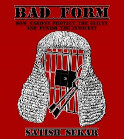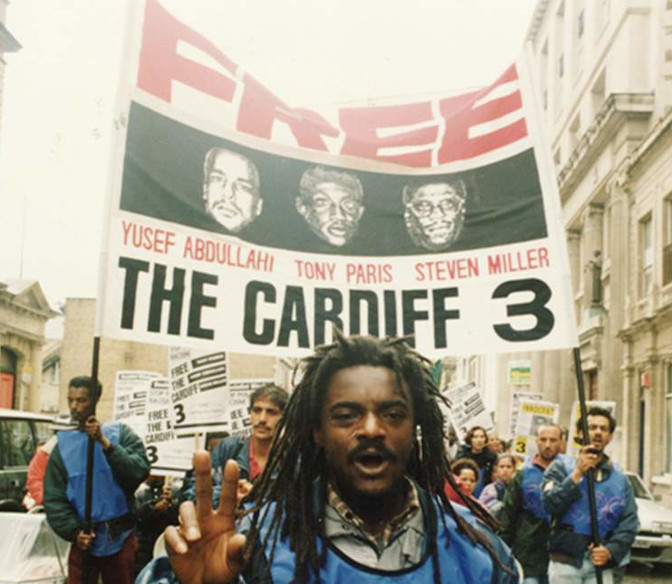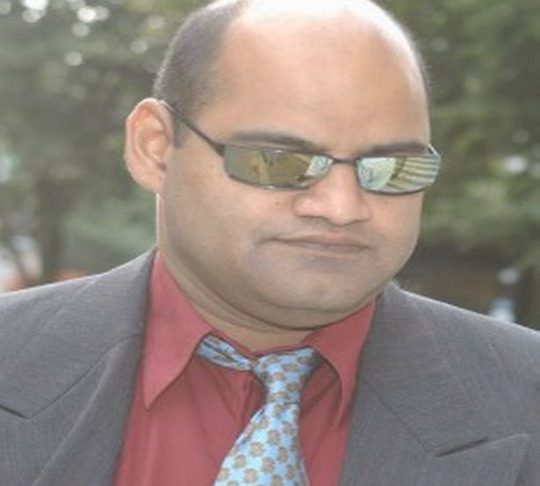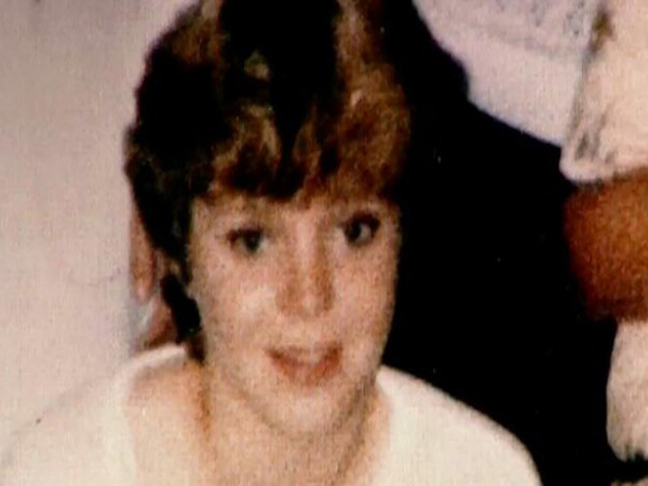
Lynette’s Law Part Three
December 30, 2024
Injustice Reigns
March 12, 2025[1] Satish Sekar fought hard to expose the failures of this flawed system. His next book Bad Form: How Tariffs Protect the Guilty and Punish the Innocent details the problems with a broken system and how injustice has been piled upon injustice time and again. It will be published later this year.
By Satish Sekar © Satish Sekar (March 3rd 2025)
An Extremely Flawed System
Earlier this year, the real murderer of Lynette White, Jeffrey Gafoor, was released from prison after serving just under 22 years for what was the most brutal murder of its type in Welsh history at the time. He had stabbed Ms White more than 50 times in the early hours of St Valentine’s Day 1988. Less than ten months later five innocent men were charged with her murder. Two (the cousins, Joahn and Ronnie Actie) were acquitted and the other three (Yusef Abdullahi, Stephen Miller and Tony Paris) were wrongfully convicted.
They freed on appeal in December 1992. It is now recognised as one of the most notorious miscarriages of justice in British history. For the next 11 years, the case was in limbo – nobody was being held responsible. On July 4th 2003 history was made in Cardiff Crown Court when Gafoor pleaded guilty to Lynette’s murder. In October 2005 he was given a remarkably lenient tariff of just 13 years before he could apply for release on parole.
Remarkably, this tariff was lower than the one imposed on Paris and especially Abdullahi for the same crime. Gafoor was rewarded for his guilt (his plea when he had little choice as the evidence against him was overwhelming) and two of the Cardiff Three were punished for being innocent. Had they lost their appeals, that would have been repeated in the parole process as they could not provide details they didn’t know or take responsibility for a grotesque crime they did not commit.
In short, the system rewarded guilt and punished innocence, which would have also had the consequence of endangering the public, the very thing the Parole Board exists to prevent. Its sole function is to only recommend release of prisoners if it is convinced that the public is likely to be safe.
We have a system that Tony’s brother, Lloyd, said was ‘back to front’. He’s right, so how has it come to this and what can be done about it? This series of articles will highlight similar flaws and injustices in other jurisdictions too.[1]
The Need for Lynette’s Law
Gafoor was released without ever providing a credible explanation of his reasons for murdering Lynette. He claimed, through his then leading barrister, John Charles Rees QC, that he wanted the return of £30.00, which she refused to give him and that he lost his temper and stabbed her repeatedly, causing her death. He had no criminal record or history of mental illness at the time.
The Parole Board appear to have ordered his release without ever providing an explanation of why he murdered Lynette. Without knowing that essential information, how can the public ever be reassured that it is safe for him to walk among us? This is one of the reasons why Lynette’s Law, that obliges killers to provide such information or suffer the consequences in their tariffs and in parole applications is essential.
[1] Among those cases to be highlighted is the murder of talented Kenyan distance runner, Agnes Tirop, and the struggle for justice for her and to assist Kenyan girls, especially athletes, led by Tirop’s friend and fellow athlete, Joan Chelimo.



